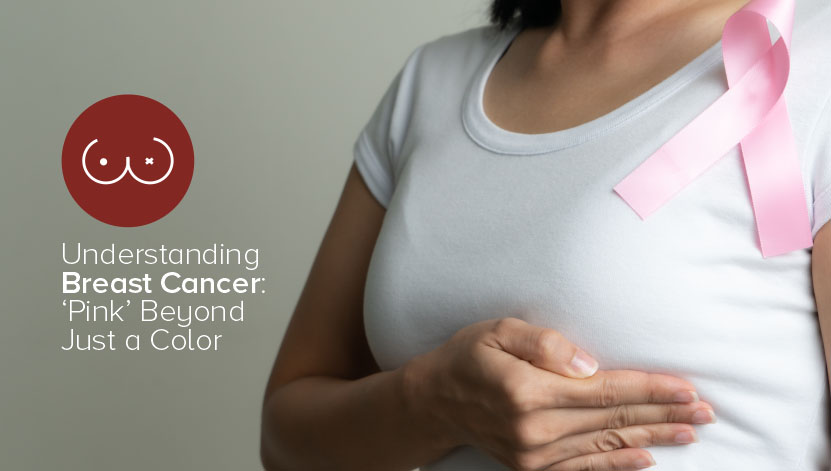In the vast spectrum of medical ailments, breast cancer stands as a formidable adversary to countless individuals worldwide. Its impact extends far beyond the physiology of the diagnosed; it resonates deeply within family structures, social circles, and the broader community. With such gravity, understanding breast cancer becomes not just a medical necessity, but a communal imperative.
